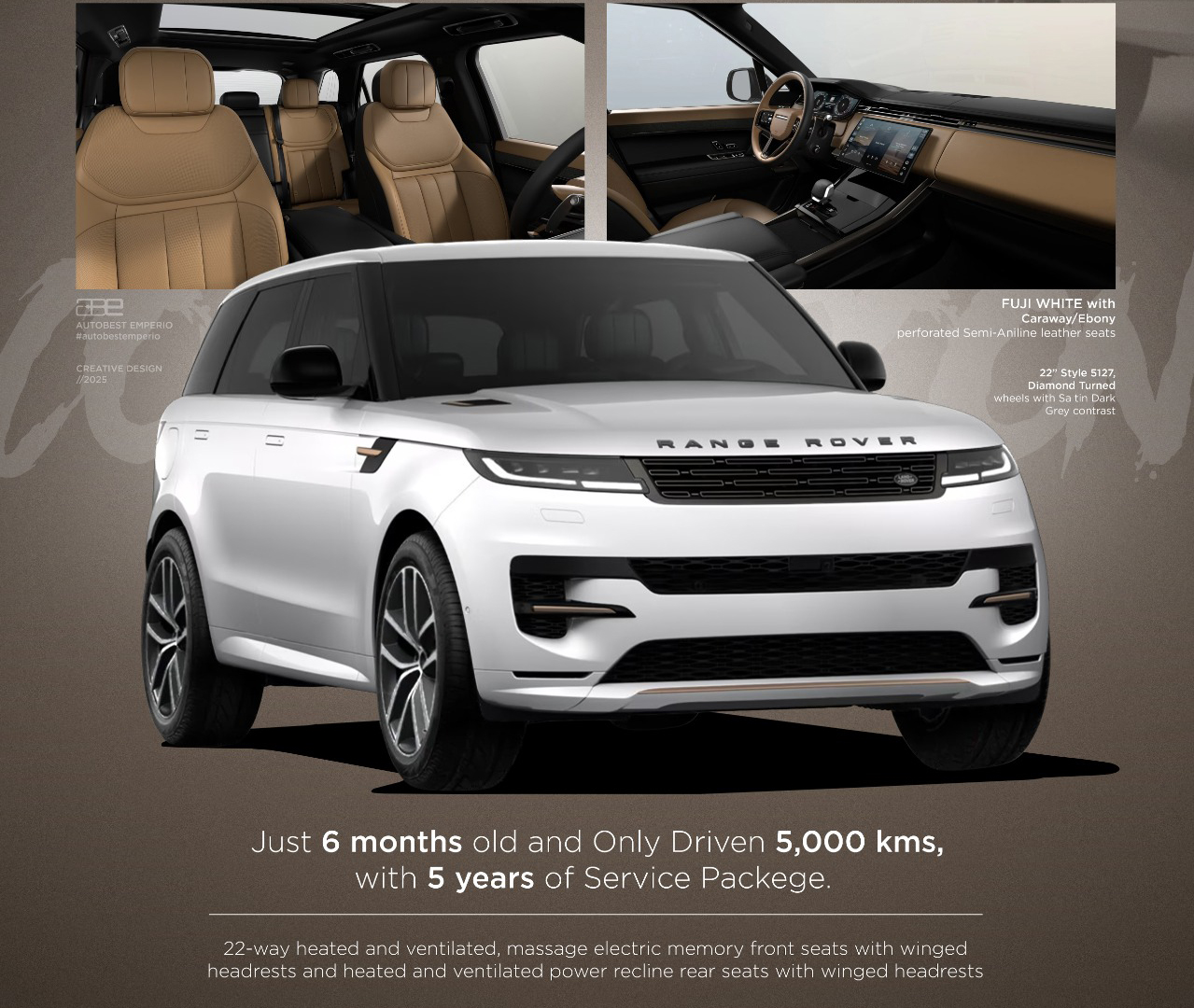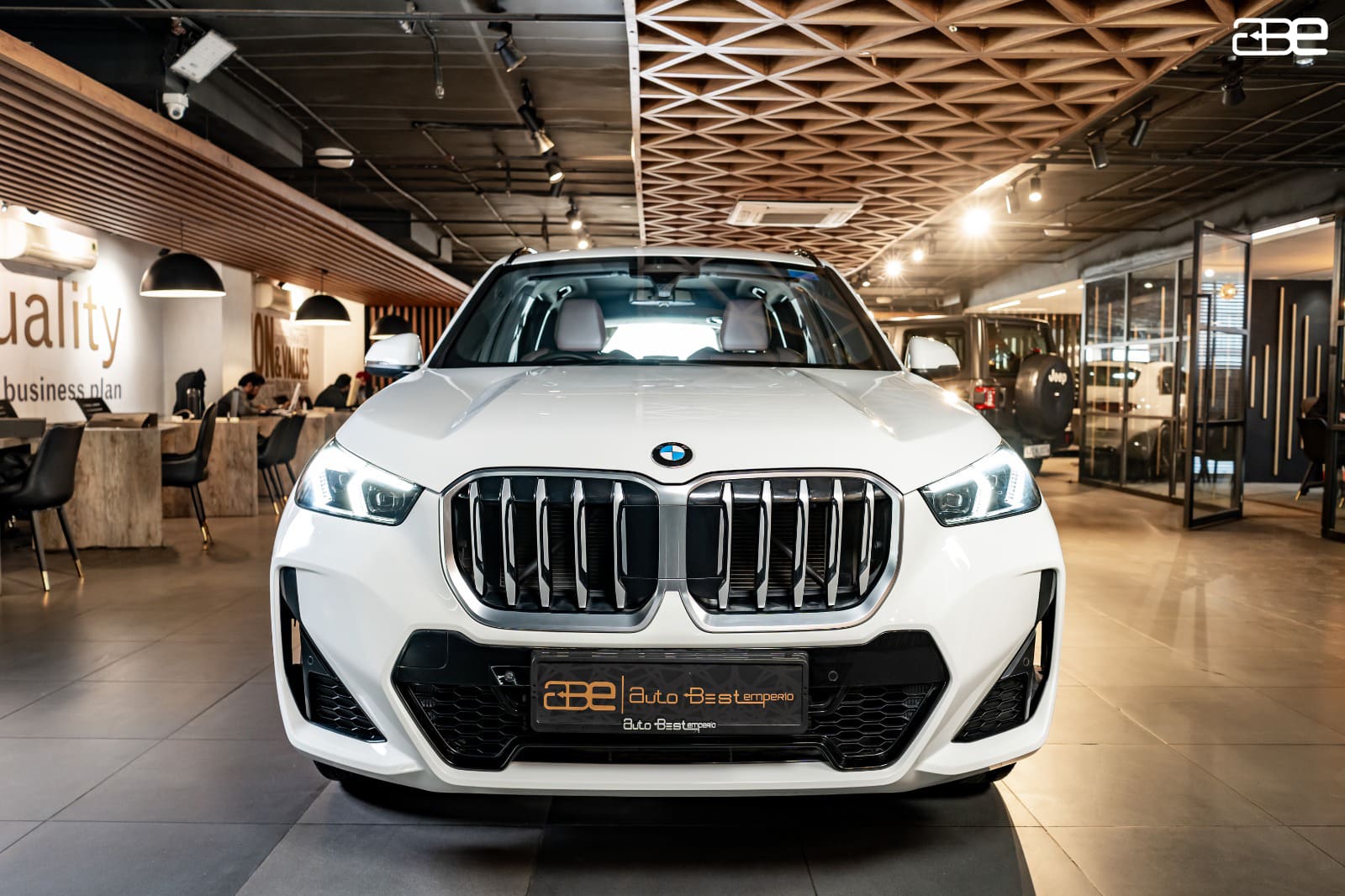Understanding Car Depreciation Rate- How To Calculate And Ways To Minimize

Both vehicle buyers and sellers must have come across the term car depreciation. While car buyers should invest in a car with a lower depreciation rate, the car sellers will benefit if their car value has been depreciated the least.
Let us understand what car depreciation is andhow to calculate depreciation.
What is Car Depreciation?
Car depreciation is the reduction in the value of a vehicle over time due to factors such as age, usage, wear and tear, and market demand. Just as you buy a car and drive it off the dealership lot, its value drops significantly. Depreciation impacts resale value, insurance premiums, and tax calculations, making it an important consideration for both current car owners and potential buyers.
What is a Car Depreciation Rate?
The car depreciation rate is the rate at which a car loses its value per year. Such a rate is not standardized but varies due to a number of factors, which include the car's make and model, age, mileage, condition, and market trends. For example, luxury vehicles often depreciate faster than economy cars.
Explore Our Collection of Used Luxury Cars
Factors that Affect Car Depreciation Rate
Several factors affect the vehicle depreciation rate, including:
-
Make and Model: Some brands hold their value better than others. For example, cars from brands like Toyota and Honda are known for their reliability and generally depreciate slower.
-
Mileage: If the car has higher mileage, the price will be reduced much faster. A car whose mileage is 50,000 km will be cheaper than a similar model whose mileage is 20,000 km.
-
Condition: Vehicles that are well-maintained depreciate at a slower rate. Good servicing and repairs hold a car's condition to a higher level. An accident-free, well-maintained vehicle will depreciate at a lesser rate than an accident-prone car with poor maintenance.
-
Demand in the Market: Cars that have high demand often retain their value better.
-
Age: Newer cars depreciate rapidly in the initial years, with the rate slowing as the vehicle ages.
How to Calculate Car Depreciation Rate?
How to calculate the depreciation rate correctly, you can apply the following formula:
Depreciation= Original Price−Current Value
Various online tools like a car depreciation calculator are available that simplify depreciation calculation processes by considering the age, mileage and condition of the car.
To illustrate how to find the depreciation rate, let's consider Dev, who bought a new SUV for ₹12,00,000. After one year, its market value drops to ₹9,00,000. The car value depreciation here can be determined by:
Depreciation of the SUV:
Depreciation = Original Price - Current Value = ₹12,00,000 - ₹9,00,000 = ₹3,00,000
Using the Written Down Value Method
WDV full form is the Written Down valuemethod that is widely used in India for calculating depreciation on vehicles as per the Income Tax Act.
Under thismethod:
-
Determine the original cost of the vehicle.
-
Apply the applicable depreciation rate based on the age of the vehicle.
For instance:
-
Initial Cost of Vehicle: ₹10,00,000
-
Depreciation Rate: 15% in the first year
For a car that costs ₹10,00,000 and has 15% in the first year:
In 1st year,
WDV= ₹10,00,000−(15% × ₹10,00,000)=₹10,00,000−₹1, 50,000=₹8,50,000
In 2nd year,
WDV=₹8,50,000−(15%×₹8,50,000)=₹8,50,000−₹1,27,500=₹7,22,500
This method of depreciation on a car as per income tax involves applying a fixed percentage of depreciation to the book value of the car at the beginning of each year.
Best site to sell cars online with original parts intact and in great condition
Understanding Depreciation Rate Over Time
Depreciation does not depreciate at a constant rate during the life of a car. Normally:
Year 1: The car loses about 20-30% of its value.
Years 2-5: Annual depreciation is between 15-20%.
After Year 5: The rate of depreciation is slower, but the value of the car is substantially reduced.
Here's a chart based on IRDAI guidelines:
With this table, car owners can calculate their vehicle's approximate worth.
|
Age of Car |
% Rate of Depreciation |
|
Less than 6 months |
5% |
|
6 months - 1 year |
15% |
|
1 year - 2 years |
20% |
|
2 years - 3 years |
30% |
|
3 years - 4 years |
40% |
|
4 years - 5 years |
50% |
How to Minimize Car Depreciation Rate?
By reducing the car depreciation rate, the amount of lost value is maximized. To do these, you can:
-
Choose Resale Friendly Vehicles
Invest in the highest resale value cars which are known for their reliability and popularity. Such cars can be resold very quickly, maintaining up to 90% of the original prices.
-
Maintenance
Do regular servicing of your vehicle to ensure your car’s longevity and resale potential.
-
Provide Protection
Use seat covers and paint protection films to maintain the condition of your car. Additionally, parking under shaded areas or in garages prevents sun damage.
-
Consider Zero Depreciation Insurance
Properly understanding what is zero depreciation car insurance is essential. This insurance makes sure you are completely compensated in case of repairs, no matter how depreciated the value of your vehicle is.
-
Modify Less
It may be tempting to personalize your vehicle (putting custom rims or spoilers). However, most of the modifications that you add to it will not have any resale value.
Depreciation and Resale Value: Tips to Get the Most When Selling
To maximize your car's resale value:
-
Sell at the Right Time
Consider selling before significant depreciation occurs, typically within the first 3-5 years.
-
Keep Detailed Records
Consistently maintain detailed service and repair records, as this can reassure potential buyers about your car’s condition.
-
Ensure Car is Undamaged
Ensure the car is clean and any minor damages are repaired before listing it for sale.
-
Research Market Trends
Thoroughly research the current market demands. This can help you price your car competitively.
Conclusion
Understanding car depreciation, how to minimize it and what zero depreciation insurance means can help in making sound decisions. Further, as a vehicle owner, one should have a proper idea about a car's depreciation as per the IT Act and its implication on financial planning and car ownership experience.
If you want to buy a new or pre-owned luxury car or want to sell your four-wheeler, connect with AutoBest.
We have a wide range of aristocratic options. We provide professional assistance in insurance coverage and other financial solutions, catering to every individual's needs.
FAQs
1. How is depreciation calculated for a car?
Depreciation is calculated by subtracting what a car is worth today from what it was bought for at first. Or, it can also be calculated using the written-down method of depreciation, where a fixed percentage is applied to a car's book value each year.
2. What percentage does a car depreciate?
On average, a vehicle depreciation rate is about 15%-20% in the first year and 10%-15% for every following year.
3. How to calculate vehicle age?
To get a vehicle’s age, subtract the model year from the current year.
4. Can I use a 20-year-old car?
No, a 20-year-old car can't be used in Delhi if it is a petrol vehicle. Also, aged more than 15 years or a diesel vehicle aged more than 10 years are obsolete.
5. What is the maximum age of the car?
There is no age limit, but older cars may not meet certain local laws and safety standards.
Also read out our blog on New Car Caption & Car Love Quotes to get some latest & amazing captions for your car.

 By Admin
By Admin









